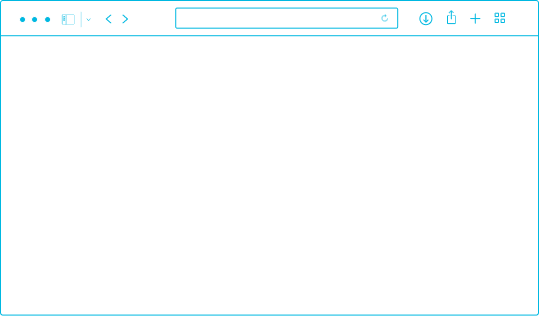


The quick, brown fox jumps over a lazy dog. DJs flock by when MTV ax quiz prog. Junk MTV quiz graced by fox whelps. Bawds jog, flick quartz, vex nymphs. Waltz, bad nymph, for quick jigs vex! Fox nymphs grab quick-jived waltz. Brick quiz whangs jumpy veldt fox. Bright vixens jump; dozy fowl quack. Quick wafting zephyrs vex bold Jim. Quick zephyrs blow, vexing daft Jim. Charged fop blew my junk TV quiz. How quickly daft jumping zebras vex. Two driven jocks help fax my big quiz
Lorem ipsum dolor sit amet, consectetur adipiscing elit. Ut elit tellus, luctus nec ullamcorper mattis, pulvinar dapibus leo.

The quick, brown fox jumps over a lazy dog. DJs flock by when MTV ax quiz prog. Junk MTV quiz graced by fox whelps. Bawds jog, flick quartz, vex nymphs. Waltz, bad nymph, for quick jigs vex! Fox nymphs grab quick-jived waltz. Brick quiz whangs jumpy veldt fox. Bright vixens jump; dozy fowl quack. Quick wafting zephyrs vex bold Jim. Quick zephyrs blow, vexing daft Jim. Charged fop blew my junk TV quiz. How quickly daft jumping zebras vex. Two driven jocks help fax my big quiz

The quick, brown fox jumps over a lazy dog. DJs flock by when MTV ax quiz prog. Junk MTV quiz graced by fox whelps. Bawds jog, flick quartz, vex nymphs. Waltz, bad nymph, for quick jigs vex! Fox nymphs grab quick-jived waltz. Brick quiz whangs jumpy veldt fox. Bright vixens jump; dozy fowl quack. Quick wafting zephyrs vex bold Jim. Quick zephyrs blow, vexing daft Jim. Charged fop blew my junk TV quiz. How quickly daft jumping zebras vex. Two driven jocks help fax my big quiz

The quick, brown fox jumps over a lazy dog. DJs flock by when MTV ax quiz prog. Junk MTV quiz graced by fox whelps. Bawds jog, flick quartz, vex nymphs. Waltz, bad nymph, for quick jigs vex! Fox nymphs grab quick-jived waltz. Brick quiz whangs jumpy veldt fox. Bright vixens jump; dozy fowl quack. Quick wafting zephyrs vex bold Jim. Quick zephyrs blow, vexing daft Jim. Charged fop blew my junk TV quiz. How quickly daft jumping zebras vex. Two driven jocks help fax my big quiz

The quick, brown fox jumps over a lazy dog. DJs flock by when MTV ax quiz prog. Junk MTV quiz graced by fox whelps. Bawds jog, flick quartz, vex nymphs. Waltz, bad nymph, for quick jigs vex! Fox nymphs grab quick-jived waltz. Brick quiz whangs jumpy veldt fox. Bright vixens jump; dozy fowl quack. Quick wafting zephyrs vex bold Jim. Quick zephyrs blow, vexing daft Jim. Charged fop blew my junk TV quiz. How quickly daft jumping zebras vex. Two driven jocks help fax my big quiz
Get Started with a 30-min complementary consulation. All inquiries will automatically route to an office and / or representative closet to your region.